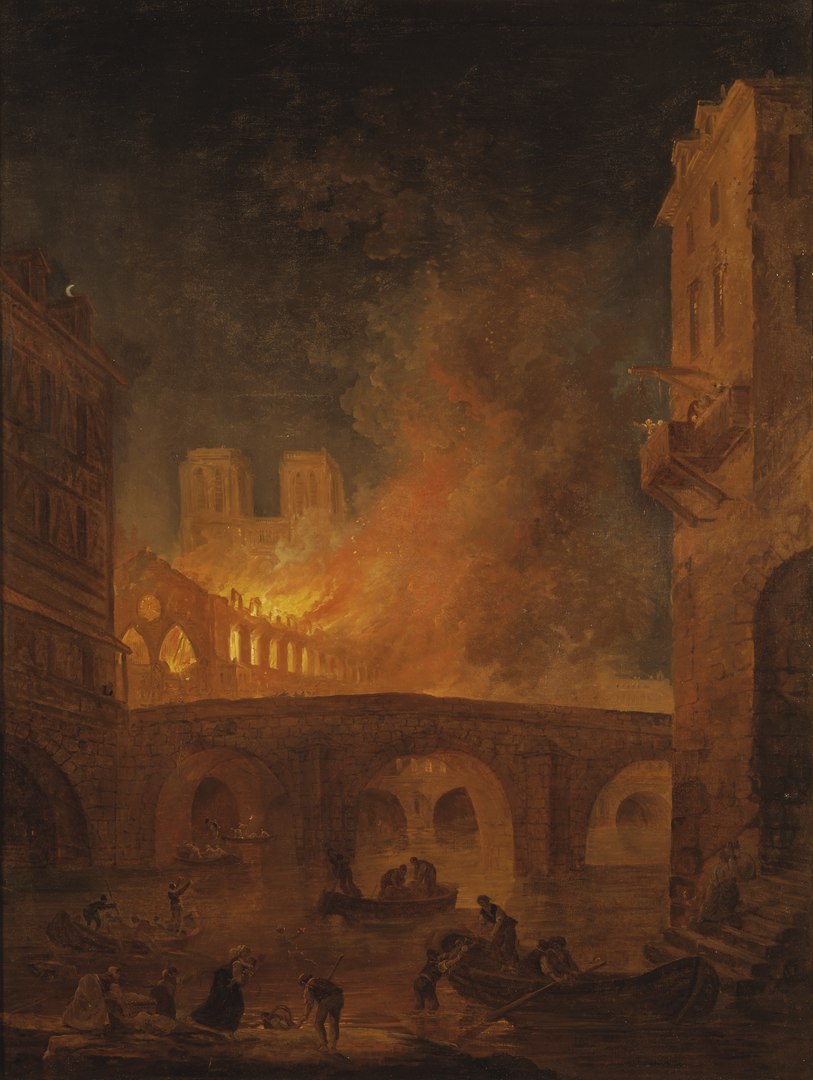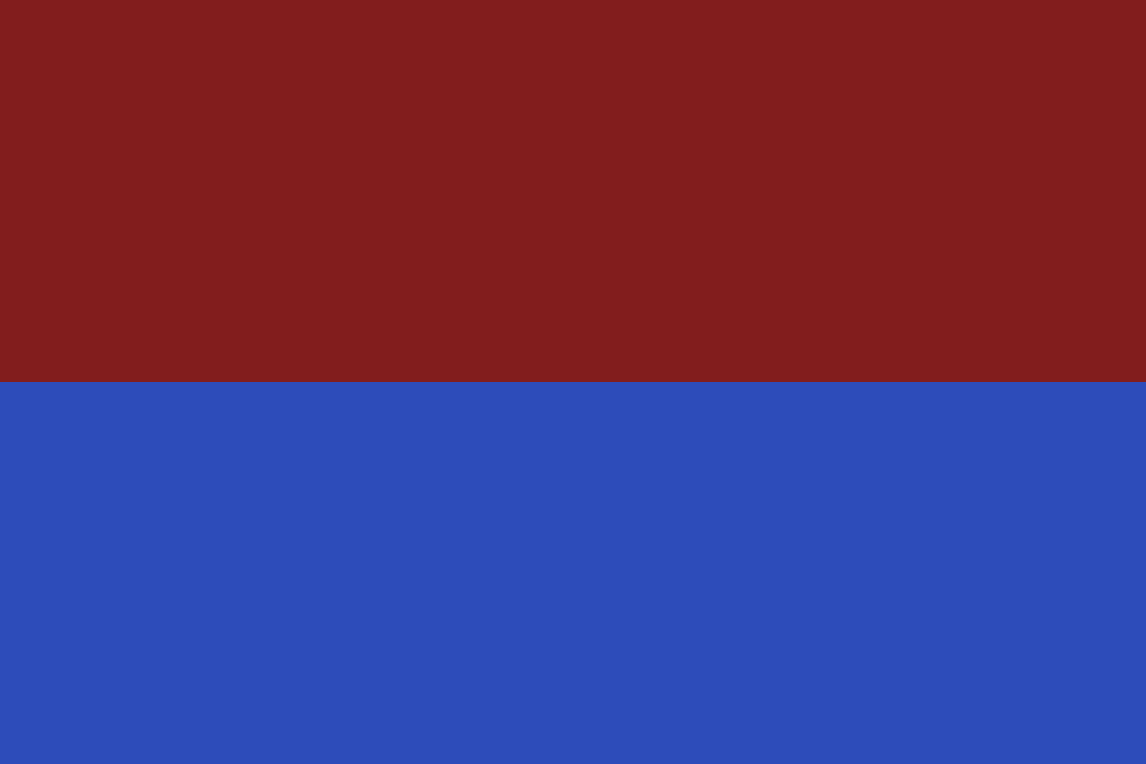Bátwíc
Restored from the Flames
Eh, we can accept your rule. I'm sure your Grand Duke will appreciate our taxes and we'd appreciate it if you didn't burn this town to the ground.Bátwíc is a large coastal town situated on the Helred peninsula of Lithmark. Its people were the first victims of the Rahyamin Empire's conquest of the Ceireds, resulting in the near destruction of the settlement. The war reduced Bátwíc into a small crumbling village until centuries later, during the War of the Rahyamins, the settlement saw a significant influx of people. The town falls within the borders of the Grand Duchy of Ismajlas, making it the only major settlement in Pekkola to submit to southern rule.
History
The two defining events that shaped the town of Bátwíc were its destruction during the invasion of Pekkola and the recovery after the empire's downfall. Bátwíc remained a free city for a while until Ismajlas, an emerging power to their south, demanded their peaceful annexation.Conquest
In the year 187 AU, the Rahyamin Empire, a powerful state that had expanded to Pekkola from the south, was ready to march into Lithmark. While the bulk of their forces advanced on Líþceaster, a smaller army moved on Bátwíc to conquer the Helred peninsula. During that period, Bátwíc was well-known as a centre of trade and the wealth they possessed was highly sought after. The local merchant elite knew that their subjugation carried the risk of their fall from grace. To prevent this, they armed the citizenry with the best gear they could acquire and prepared them for battle. Unbeknownst to the merchants, however, the attack on Bátwíc came from both land and sea. The unexpected amphibious invasion caught the locals off-guard, resulting in a Rahya victory.Destruction
The ruling government of the town surrendered and accepted the empire's dominion over the peninsula, but not all were willing to accept that fate. When the bulk of the garrison had embarked on assisting the other armies in their conquests, the local populace staged a revolt. The rebels were able to overwhelm the remaining Rahya forces, and they successfully seized parts of the town, but the Imperial Guard kept control of the port. Eventually, reinforcements were able to use the port and a second battle for the settlement ensued. During the chaos multiple fires had broken out, resulting in the destruction of much of the town. By the end of it all, the Rahya stood victorious over a pile of ashes and crumbling ruins.Restoration
Accept us as your own, fellow Ceireds. We will help you rebuild this place. Bátwíc could once again control the flow of goods in these waters.
Bátwíc's fortunes turned for the better in the midsts of the War of the Rahyamins, the conflict that tore apart the empire. Refugees from the core heartlands of the wartorn country fled north, many of them ending up on the Helred peninsula.
A significant portion of those fleeing the war were ethnic Ceireds who sought to return to their ancestral homeland. The influx of newcomers allowed the settlement to recover.
Within decades the majority of the old ruined buildings had either been restored or entirely rebuilt. Much to their disappointment, their control over the regional trade routes never reached the levels of influence they possessed before the town's destruction.
Founding Date
33 BU
Type
Large town
Inhabitant Demonym
Bátwícer
Location under
Owner/Ruler
Ruling/Owning Rank






From your descriptions of its history, Bátwíc really came alive for me. I particularly like the discussion of its flag and the potential symbolism there.